Tight schedule for the Sea Falcon
Unmanned systems will become increasingly important in the German Navy in the future. The MovMUAS project is currently taking centre stage for the corvettes. Fabian Henning The idea of unmanned aviation is as old as aviation itself. The military has always been the driving force behind the development of such unmanned systems due to the wide range of possible applications. With the rapidly advancing technologies of our dawning information age, there are new outstanding opportunities for unmanned aerial vehicles, which are revitalising applications in the military sector. In the German Navy, this development is taking place against the backdrop of a fundamental, future-orientated change in naval aviation. We are currently experiencing...
Read More

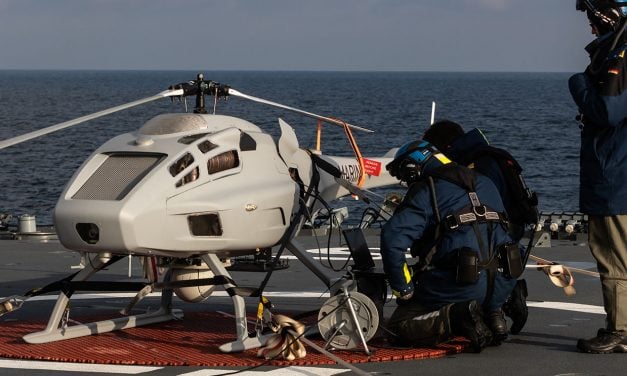
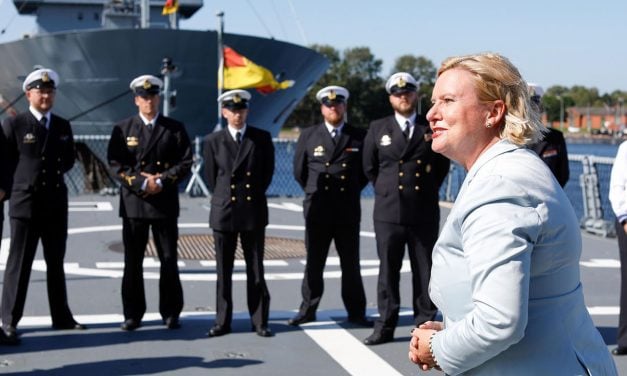
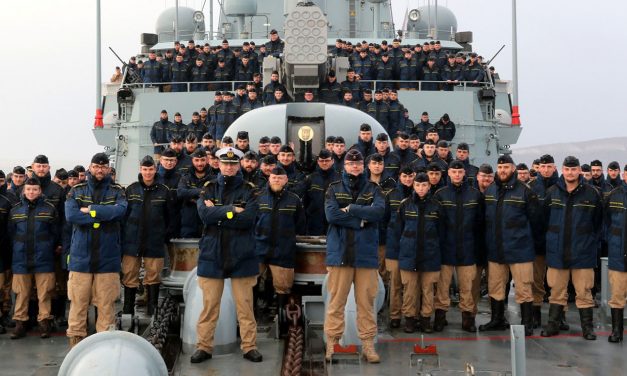
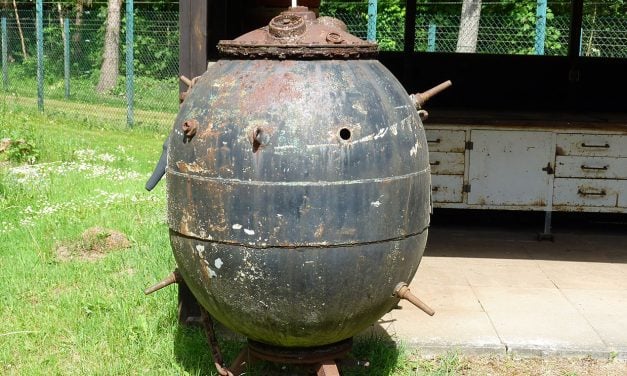
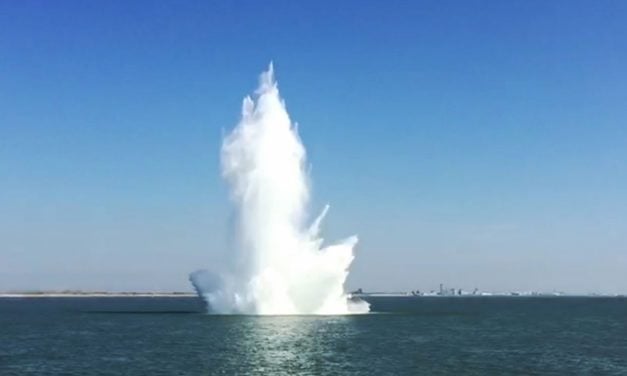
Latest comments